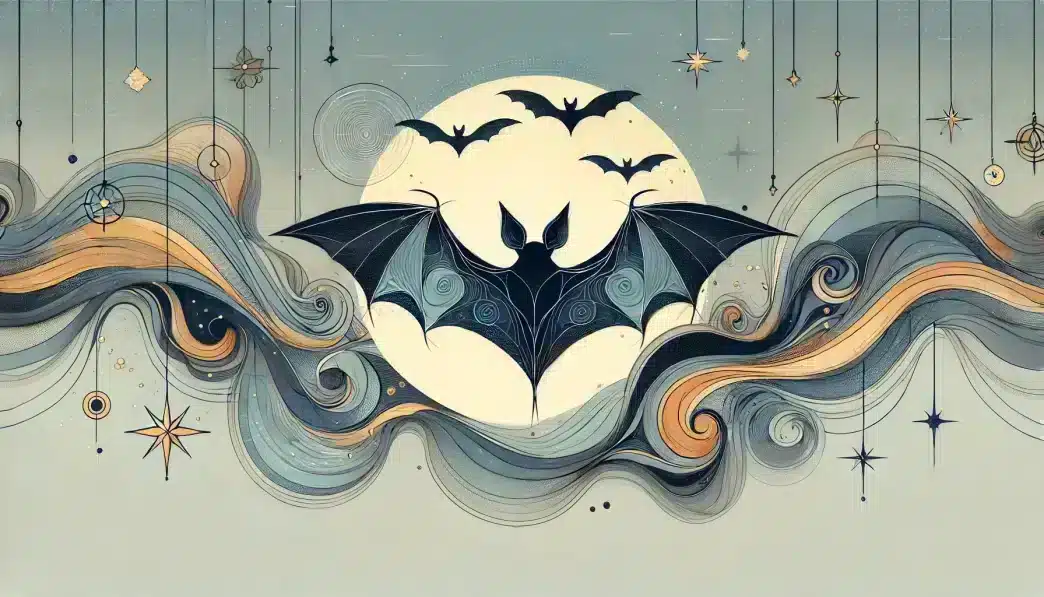What is Bat Appreciation Day?
Bat Appreciation Day is celebrated annually in the United States on April 17 to highlight the importance of bats in ecosystems. As nocturnal mammals, bats play a vital role in pest control, pollination, and seed dispersal, contributing to biodiversity and agriculture.
Despite their ecological significance, bats are often misunderstood and face threats such as habitat destruction, disease, and negative public perception. This day encourages people to learn about bats, support conservation efforts, and correct common myths that portray bats as dangerous or harmful. By promoting awareness, Bat Appreciation Day helps protect these incredible creatures and their essential contributions to the environment.
History and origin
Bat Appreciation Day was established by Bat Conservation International, a nonprofit organization founded in 1982 to protect bats and their habitats. The day was created to educate the public about the essential role bats play in maintaining ecological balance and to advocate for their conservation.
Bats have been an integral part of ecosystems for millions of years. However, due to deforestation, pollution, climate change, and urban development, many bat species face declining populations. White-nose syndrome, a fungal disease affecting hibernating bats, has also contributed to mass die-offs in North America. Bat Conservation International and other conservation groups use this day to spread awareness, encourage bat-friendly initiatives, and inspire communities to take action.
Who participates in Bat Appreciation Day?
- Conservation organizations that advocate for bat protection, research, and awareness campaigns
- Educators and schools that incorporate bat-related topics into their science and environmental lessons
- Nature enthusiasts and wildlife observers who engage in bat watching, photography, and habitat preservation
- Zoos and nature centers that host educational events and exhibits about bats and their role in ecosystems
- The general public who participate by learning about bats, dispelling myths, and supporting conservation efforts
Slogans and themes
Bat Appreciation Day focuses on education, conservation, and appreciation of bats. Many slogans emphasize the ecological importance of bats and their contributions to the environment. Popular slogans include “Bats: Nature’s Pest Controllers,” “Protect Our Nighttime Pollinators,” and “Embrace the Night: Celebrate Bats.” The themes of the day revolve around protecting bats from habitat destruction, raising awareness about their role in ecosystems, and encouraging bat-friendly conservation efforts.
Colors, symbols, and patterns
Colors
- Black represents the nocturnal nature of bats
- Gray symbolizes the diversity of bat species and their habitats
- Green highlights the environmental importance of bats in maintaining balanced ecosystems
Symbols
- Bat silhouettes reflect the unique winged form of bats and their role in the night sky
- The moon and stars emphasize bats’ nocturnal activity
- Insects and flowers represent bats’ role in pest control and pollination
Patterns
- Wing motifs showcase the distinctive structure of bat wings
- Cave imagery reflects bats’ natural habitats
- Echolocation waves symbolize bats’ navigation and hunting abilities
How to observe Bat Appreciation Day
- Educate yourself and others about the ecological benefits of bats and share accurate information
- Support conservation efforts by donating to organizations that protect bats and their habitats
- Install a bat house to provide a safe roosting site for bats in your area
- Go bat watching at dusk and observe bats in their natural environment
- Dispel myths about bats by using social media to share facts and scientific research
Most used hashtags
- #BatAppreciationDay
- #LoveBats
- #SaveTheBats
- #BatConservation
- #BatFacts
Why is Bat Appreciation Day important?
Bats are essential for maintaining healthy ecosystems. They help control insect populations, pollinate plants, and disperse seeds that aid in forest regeneration. Many bat species are at risk due to habitat destruction, deforestation, cave disturbances, and climate change. They also contribute to human well-being by reducing the need for chemical pesticides, which benefits both agriculture and public health. Misconceptions about bats lead to unnecessary fear, and educating the public helps shift perceptions and encourages conservation efforts. Supporting bat conservation helps preserve biodiversity and protect the many species and ecosystems that depend on them.
Features
April 17: Bat Appreciation Day
Why do you keep falling for the same type?
Read the article Lovemaps: the hidden blueprint of our love.

